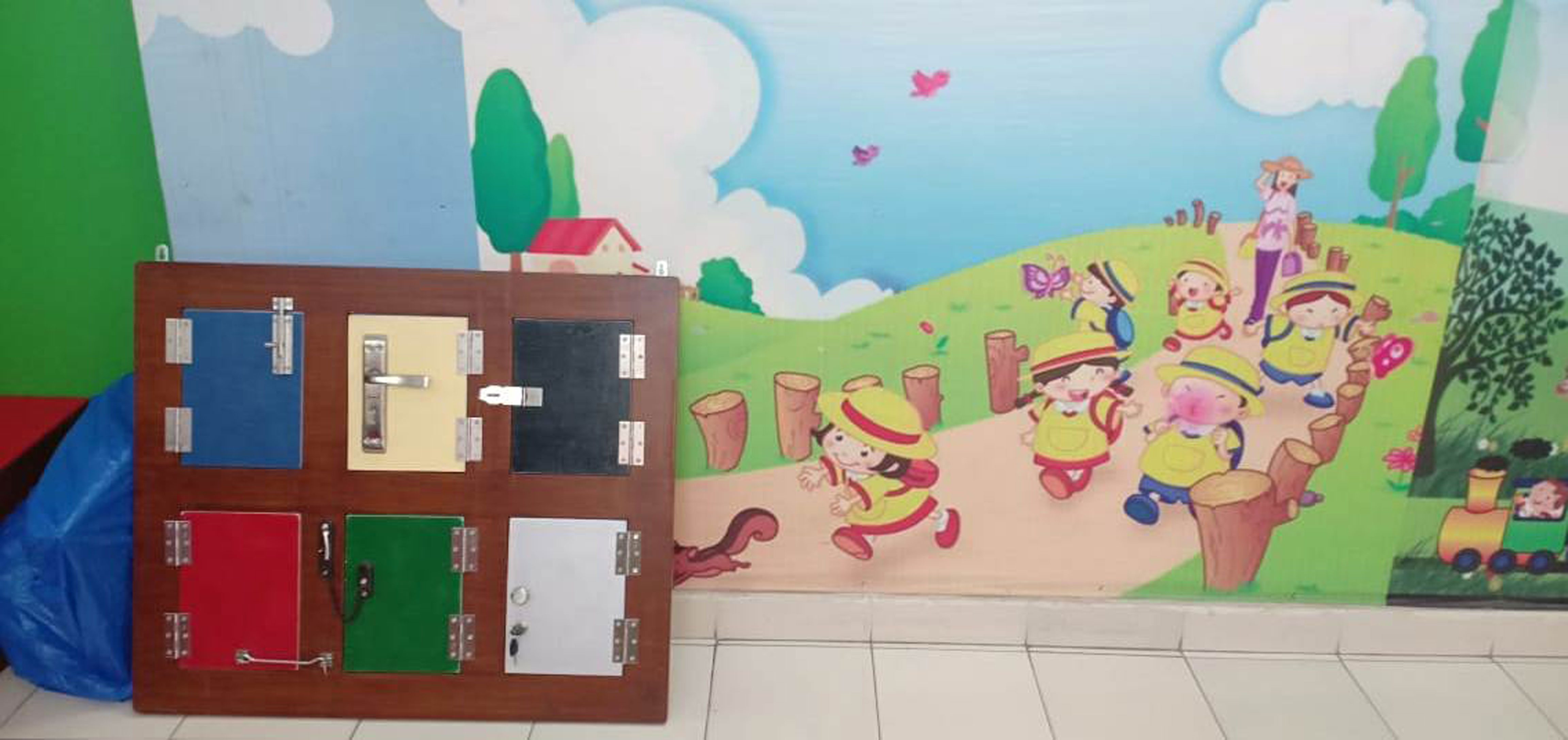
Activities of Daily Living (ADLs)
These are the basic self-care tasks that we initially learn as very young children. They are sometimes referred to as “Basic Activities of Daily Living” (BADLs). They include:
Walking, or otherwise getting around the home or outside. The technical term for this is “ambulating.”
Feeding, as in being able to get food from a plate into one’s mouth.
Dressing and grooming, as in selecting clothes, putting them on, and adequately managing one’s personal appearance.
Toileting, which means getting to and from the toilet, using it appropriately, and cleaning oneself.
Bathing, which means washing one’s face and body in the bath or shower.
Transferring, which means being able to move from one body position to another. This includes being able to move from a bed to a chair, or into a wheelchair. This can also include the ability to stand up from a bed or chair in order to grasp a walker or other assistive device.
If a person is not fully independent with ADLs, then we usually include some information about the amount of assistance they require.
For each ADL, people can vary from needing just a little help (such as a reminder or “stand-by assist”) to full dependency, which requires others to do the task for them.
Many parents for special needs children know the term “activities of daily living,” also referred to as ADL. These activities are the basic tasks of everyday life, and they include tasks such as eating, bathing, clothing, and toileting. For most children, these tasks are learned relatively easily and become a part of a daily routine. For children with special needs, these tasks might be more difficult and might require constant reminding or rewards for completing the activities of daily living.
Activities of daily living are crucial for children with special needs to achieve some independence and learn the skills they will need for their adult lives. Many children learn these skills by imitating adults and are motivated by the appeal of being a “big kid.” For children with special needs, such as autism, the communication and attention deficits that are a part of the disorder interferes with their ADL and self-care behavior. For special needs children, activities of daily living might require intensive instruction and routines.
For children with special needs such as motor difficulties, buttoning a sweater might be a very challenging ADL. For special needs children who have trouble interacting socially, they might not care that their peers are performing a certain activity, and they are not motivated to complete the same activities of daily living.
Occupational therapists work extensively for special needs children to improve their ADL. Occupational therapists help children with special needs to become physically, psychologically, and socially independent by working towards specific goals. For special needs children who have difficulty brushing their teeth, an occupational therapist might teach steps towards achieving this goal. These steps might be broken down into very small pieces, such as reaching out their hands, touching the toothbrush, grasping the toothbrush, picking up the brush, and so forth.
